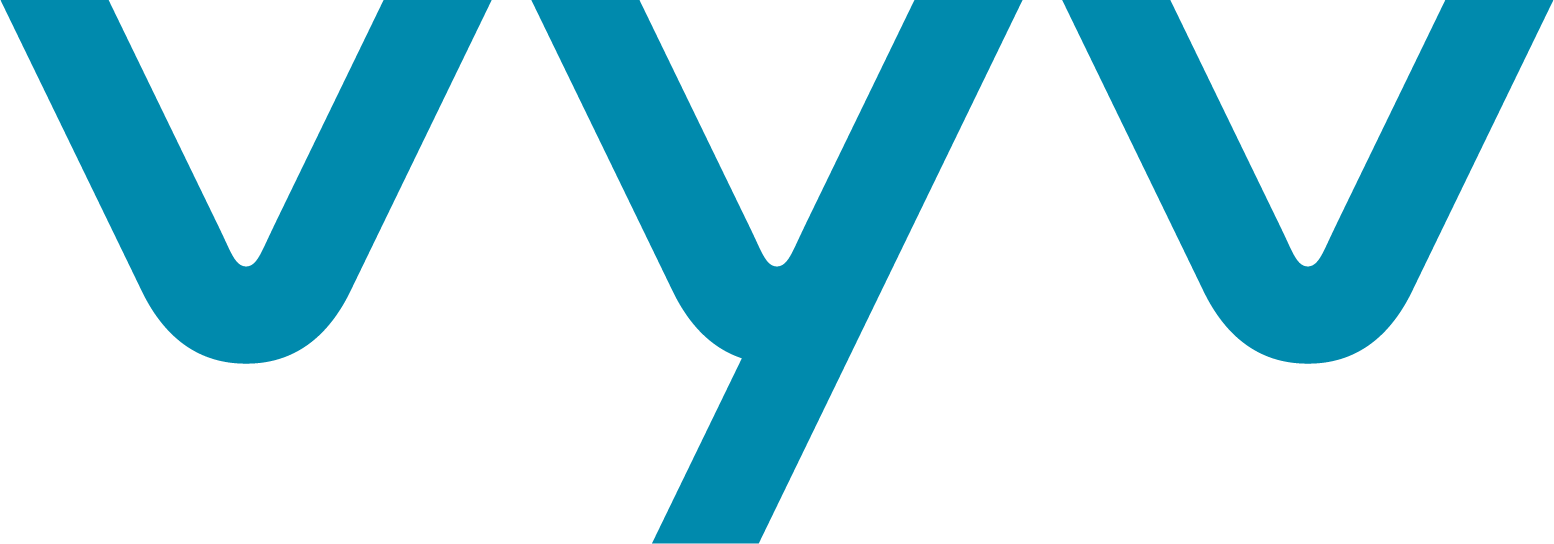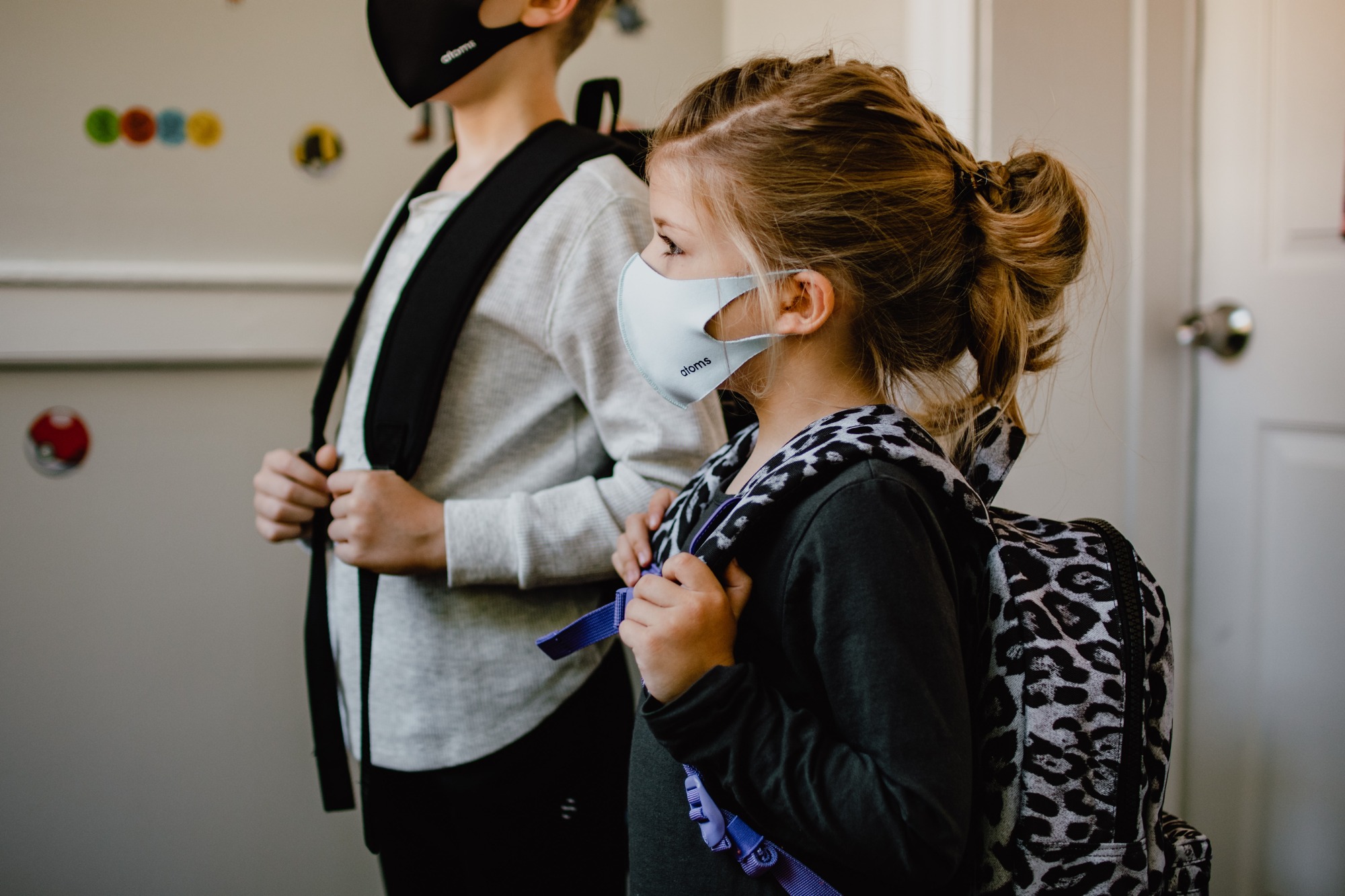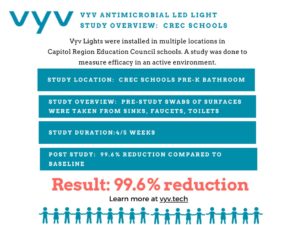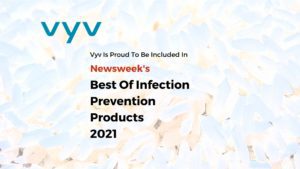As the Delta variant spurs on the spread of COVID-19 cases, schools across the United States have started to reopen. Most educators and parents agree that returning to in-person education is a priority, though many have ongoing concerns about preparedness. Fortunately, schools have $190 billion in CARES Act funds to help with reopening plans amid the ongoing pandemic.
In 2020 and 2021, Congress passed three stimulus bills that provided the nearly $190.5 billion to the Elementary and Secondary School Emergency Relief (ESSER) Fund. The Elementary and Secondary Relief Fund provides district leaders with broad authority over both the targeting of funds to specific schools and the use of funds more broadly.
The CARES Act includes a long list of allowable activities, including any activities authorized under a range of existing federal education laws, as well as a long list of activities broadly related to coronavirus. One way to consider how to use CARES money is to stay up to date on CDC guidelines.
CDC Updates Guidance on School Reopening
As schools headed toward reopening for the 2021-2022 school year, the CDC updated its guidance for COVID-19 prevention in K-12 schools. The guidance not only includes strategies recommended to reduce the incidence of person-to-person spread, such as through masks and vaccines, it also suggests a continued focus on cleaning and disinfecting the school environment, among other things.
The CDC guidance is clear on vaccination as the priority to help schools return to in-person learning. In addition, they are recommending continued physical distancing and now universal masking regardless of vaccination status for staff, teachers, visitors and students in K-12 schools, though this is ultimately decided on within states or districts.
The CDC also recommends a multiple-layered defense, especially when it’s not possible to maintain a physical distance of at least three feet. In an interview with ABC10 in Boston, Dan Domenech, executive director of AASA, a national superintendents group, estimated that maintaining a six-foot distance usually requires a reduction to 50% of students in class, and a three foot distance would allow for 75% of kids to be in school. This likely means that with 100% of kids back in school, the three-foot distance may not be able to be maintained in many situations. In these cases, CDC says “it is especially important to layer multiple other prevention strategies, such as screening. Testing, ventilation, handwashing and respiratory etiquette, staying home when sick and getting tested, contact tracing in combination with quarantine and isolation, and cleaning and disinfection are also important layers of prevention to keep schools safe.”
Continuous Use, UV-Free Antimicrobial Light is Foundational to Environmental Wellness Strategies
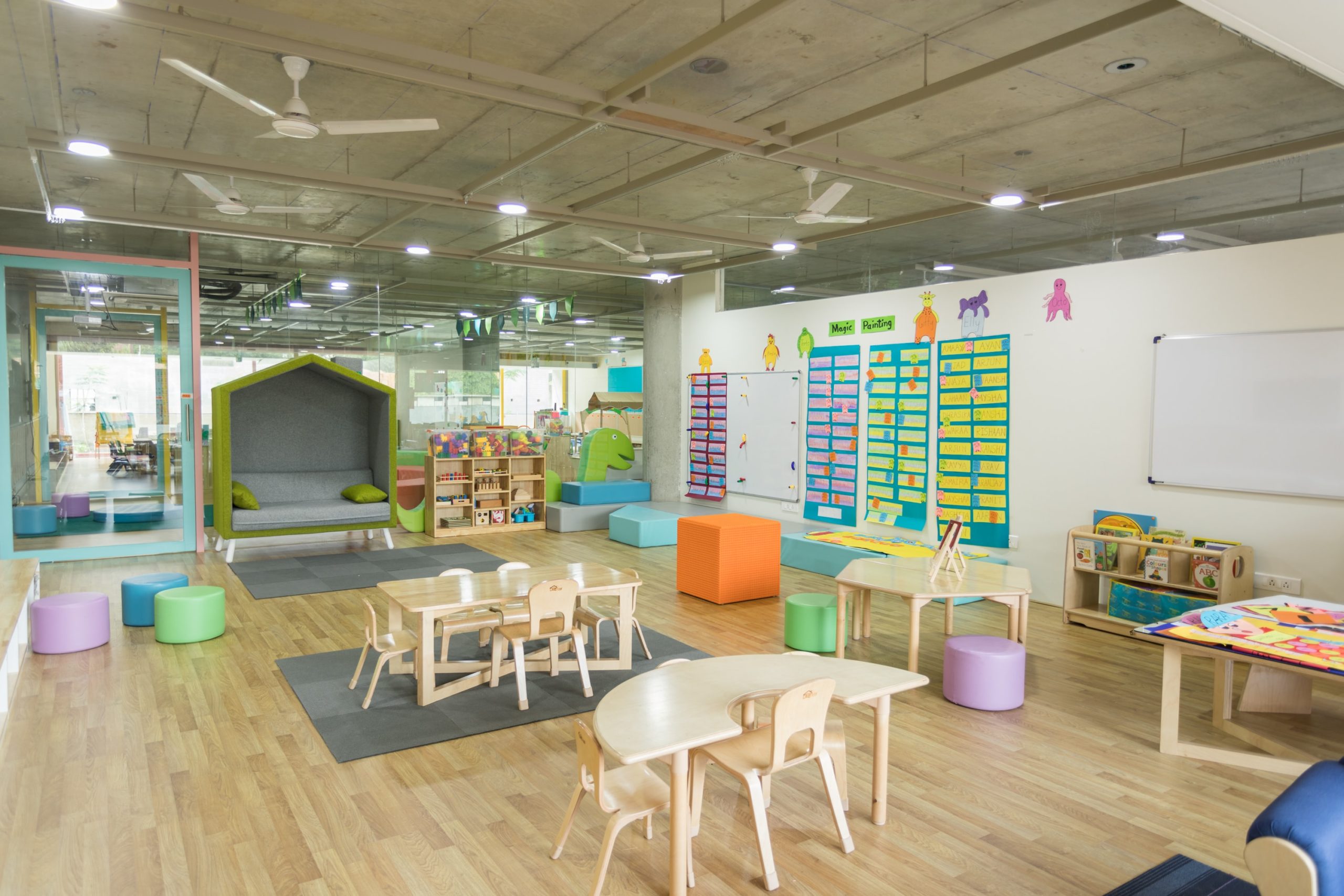
Many schools across the country have taken the proactive step of adding antimicrobial LED light to their layers of defense including K-12 schools like Denver Public Schools, Vista Heritage Global Academy in Orange County, CA, CREC magnet schools in Connecticut, and colleges like Duke University, Virginia Tech, and Cal State LA. The lights have been installed particularly in high-touch, high-traffic areas like bathrooms, nurse’s offices, locker rooms and workout facilities, classrooms and buses.
UV-free antimicrobial LED lighting has been proven effective at killing* viruses, bacteria, mold, yeast and fungi on surfaces. The lights are powered by a UV-free LED technology that provides both a high-quality, sustainable, cost-efficient clean light source and powerful antimicrobial action that is intended for continuous use , around the clock, to tamp down microbes and germs. This continuous action is possible because the light meets international standards for constant and unrestricted use around people — meaning that unlike UV light, these lights can be on uninterrupted whether kids and teachers are present or not.
Because of its risks, UV light, which most people are familiar with, must use complex controls that usually work well, but they can fail as they did in the recent UV light malfunction in the Cobb County School district in Georgia. In this case UV lights that were meant to only turn on at night, when no one was present, came on in the daytime when students and teachers were in the building. The school has since removed all of the UV lights from their school.
This new class of UV-free antimicrobial LED lighting, is recommended by the manufacturer to be used continuously for optimal results. This is important as most other cleaning approaches are only intermittent, meaning germs replicate and surface contamination increases in between each cleaning. With cursory cleaning happening perhaps daily and major cleanings happening much less frequently, the high-traffic levels in schools where new microbes are constantly being introduced, make these environments ideally suited to this new approach to deep cleaning. Keeping the “bioburden” low on surfaces provides a wholly new foundation for cleaner school environments.
Studies Show Efficacy of Antimicrobial Light in Schools
One of the first school systems to install Vyv antimicrobial LEDs using CARES Act funding was Capitol Region Education Council (CREC) schools, a magnet school system that serves 35 school districts in Connecticut. CREC not only made the decision to invest a portion of their CARES funding into antimicrobial light, they also ran studies to ensure efficacy before rolling out to broader installations. In one of the highest trafficked areas (the pre-K bathroom), the study showed a 99.6% reduction in surface contaminants compared to the baseline test taken prior to installation of the lights when only regular cleaning was performed.
CREC’s first phase of deployment focused on a mix of elementary and middle schools where the technology was deployed through areas designated for mixed use, expectation of high levels of surface contaminants, and student volume. These areas include bathrooms, nurse offices, kitchens and locker rooms. Data from the successful surface contaminant test in the pre-K bathroom showing the surface contaminant reduction of 99.6% allowed access to additional grant funding for wellness and preparedness for its students’ learning environments. To date, there are over 500 lights installed in high-traffic areas in the schools.
In addition to studies in schools, numerous studies have been conducted in settings such as hospitals, food processing plants, offices, and airlines, to name a few. Research from institutions such as Duke University and University of NC, NY State Department of Health, Bayfront Health, Rensselaer Polytechnic Institute, and Stony Brook University Hospital in NY show similar research findings.
Schools Light School Buses with Antimicrobial Light
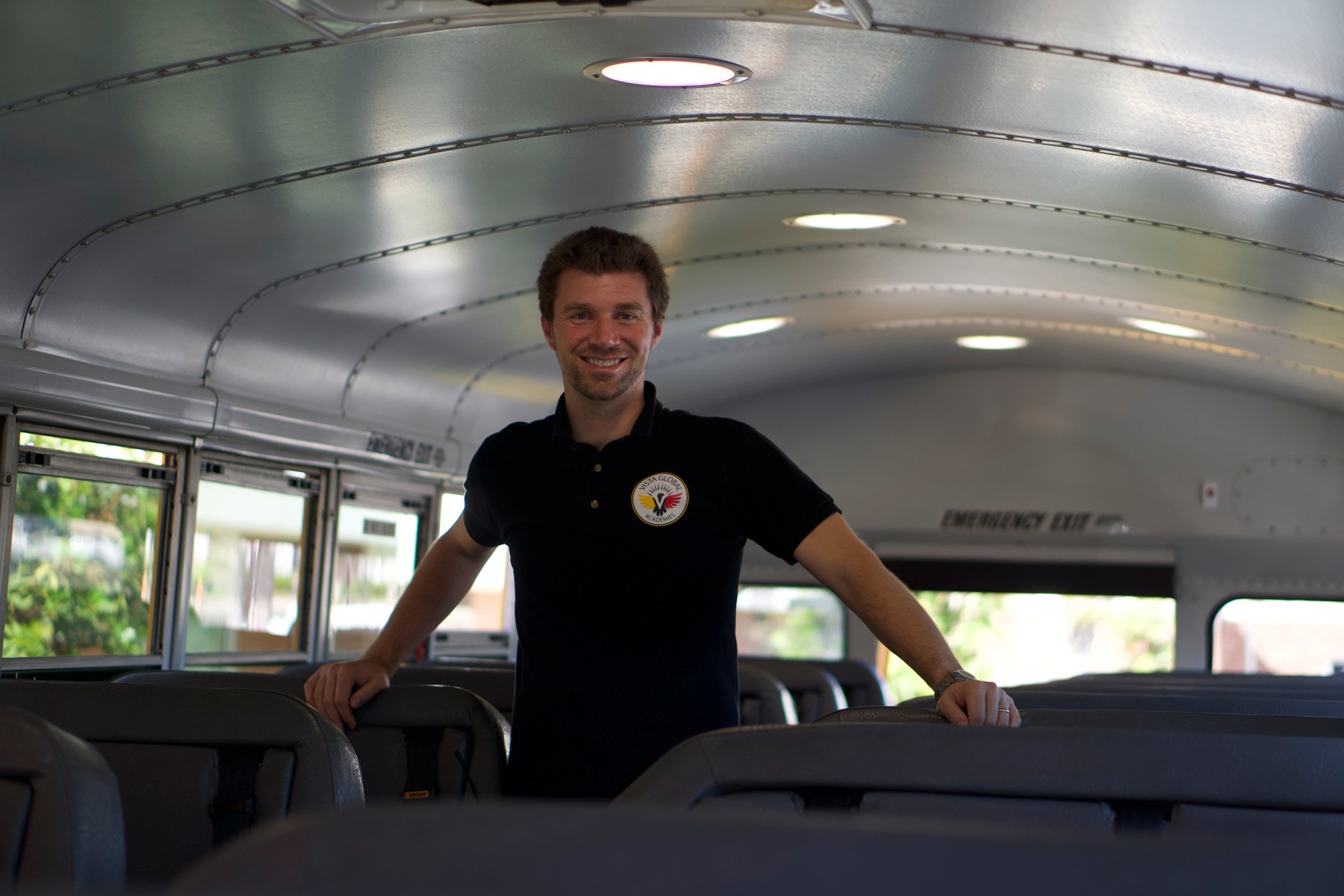
With an eye toward the return to in-person learning, Orange County, CA-based Vista Heritage Global Academy’sPrincipal, Dr. Collin Felch, used CARES Act dollars to install Vyv antimicrobial LEDs in its school’s buses to kill* viruses, bacteria, and other microbes on surfaces within the buses.
“Implementing new antimicrobial lighting in our buses takes full advantage of state-of-the-art technology available to us.” Dr. Felch said. “Our investment in Vyv antimicrobial lighting is a forward-thinking application of CARES funding to protect the environments in which our children and our employees work, play and learn.”
The lights were installed on the buses in time for the first day of the 2021-22 academic year.
Denver Public Schools (DPS) have also been installing Vyv lights on its buses according to The Denver Post — 115 buses so far and counting in its 325-bus fleet. The lights shine across a 12-foot radius to help reduce contamination while providing white light. DPS spent about $400,000 from CARES Act funding on the project, said spokeswoman Winna MacLaren. “We’re limited in what we can do on our buses, so the disinfecting lights were a sound investment,” she said.
Using CARES Act funds to invest in protecting the environments where students, teachers and staff learn, work and play is a new 21st century approach to a much cleaner world for us and our children.
Learn more about Vyv antimicrobial light in schools here.
* Testing on a non-enveloped virus (MS2 bacteriophage) showed a 99.985% reduction in controlled laboratory testing in 6 hours on hard surfaces. MRSA and E. coli showed 90%+ reduction in controlled laboratory testing in 24 hours on hard surfaces. Results may vary depending on the amount of light that is reaching the surfaces in the space where the product is installed and the length of time of exposure. Use of Vyv antimicrobial light is not intended to replace manual cleaning.
